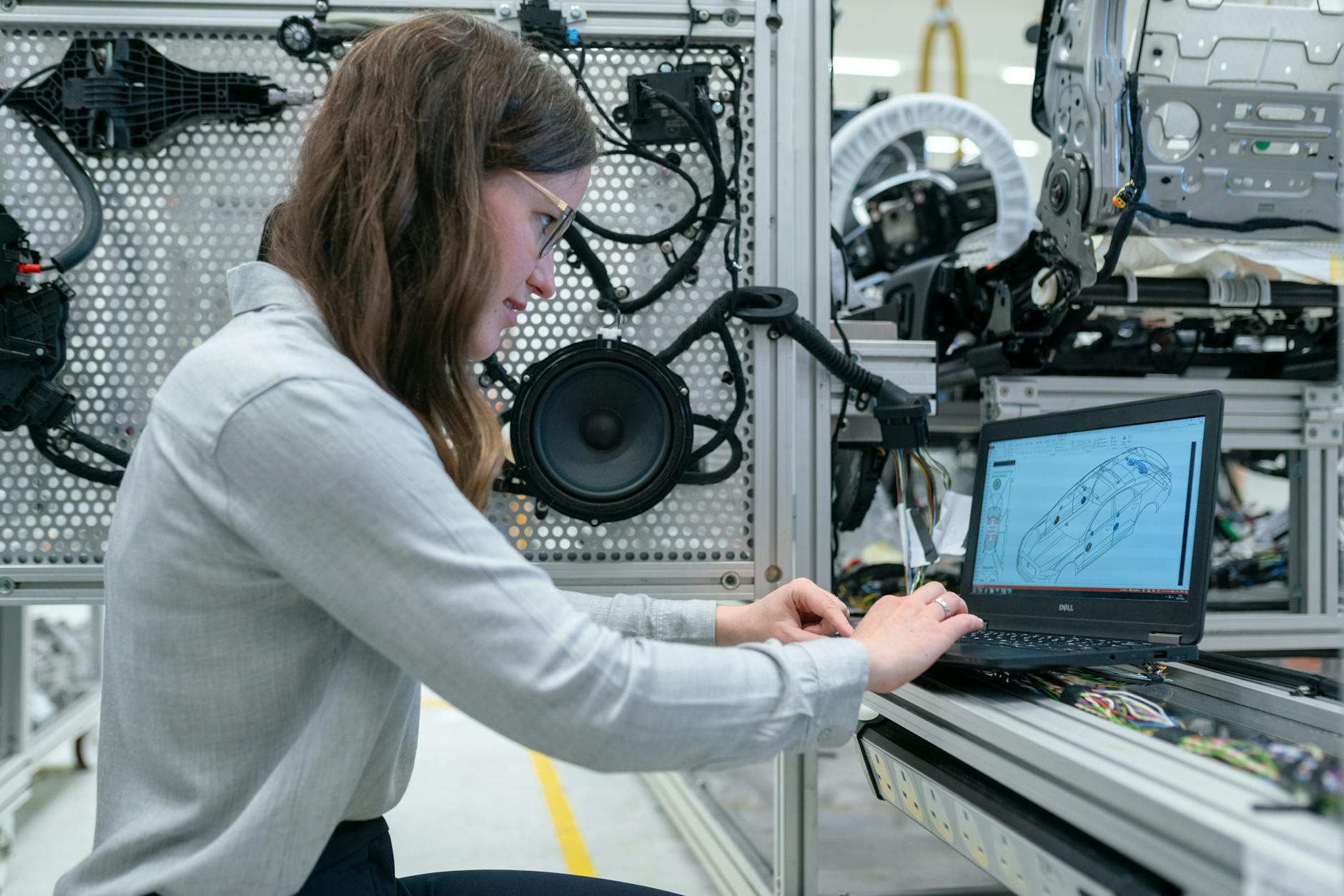Since the 1990’s I’ve been teaching an elective course on Air Pollution Control. We mainly focus on design of industrial systems, but I do include a small module on climate change science for background as to why certain things need emission control. Over the past decades, some of the reports and discussions in the media and politics have been confused or nonsensical, so I try to keep it straightforward and factual. I like to give the science a historical overview and context, to show where this all comes from. The following is a very brief version of that overview.
The French scientist Joseph Fourier (famous for his work in heat transfer and mathematics) is credited for identifying the so-called “greenhouse effect” in the 1820s. He didn’t know exactly what caused it, but recognized that the Earth’s surface is warmer than it theoretically should be, if there was no atmosphere trapping heat.
Some of the mechanisms behind the heat-trapping effects of the atmosphere were eventually identified, notably by the Irish physicist John Tyndall in the 1850s through his work on absorption spectroscopy. He experimentally measured the heat absorbing effects of water vapour, carbon dioxide and other atmospheric gases. These measurements and those by others provided the fundamental basis for the advances in radiative heat transfer used throughout science and industry to this day.
In retrospect, a big step forward in understanding and quantifying the physics of climate change came with work published in 1896 by the Swedish physicist/chemist Svante Arrhenius. The first page of this work is pictured below, and in this work he calculated how much the global temperature would rise if carbon dioxide concentrations rose.

First page of Arrhenius’ paper on the climate effects of changing carbon dioxide concentrations. “Carbonic acid” is an older or alternate name for carbon dioxide in the presence of water.
Arrhenius is well-known by anyone who has taken chemistry (Arrhenius equation in reaction kinetics), and he received a Nobel Prize for Chemistry. His work on climate change physics didn’t seem to receive much widespread attention at the time, since there was no particular concern that carbon dioxide concentrations were rising. However it’s regarded as the first significant attempt to analyze the physics of rising carbon dioxide concentrations and over the subsequent century many scientists have modified and improved upon his initial work. Arrhenius had to go through some rather complicated and laborious hand calculations, but in recent decades computers have made that work much easier and more precise.
So from this brief historical overview in my class (including some other work not mentioned here), we can see that climate change science has a solid basis in physics, dating back over 100 years. Denying the basic physics of climate change is like denying the Bernoulli principle while watching airplanes fly overhead, or stepping off a cliff and denying that gravity exists.
Next I usually show some data for carbon dioxide concentrations in the atmosphere, usually from the Mauna Loa observatory operated by NOAA in the U.S. An example is shown below that also includes my additions to illustrate the years when international agreements have been signed to combat climate change at Rio, Kyoto, and Paris. Unfortunately, the upward trend doesn’t seem to have been affected much, which is a bit depressing when considering our next generations.

Carbon dioxide measurement data since 1958.
In my class we then touch briefly on some of the current and future effects of climate change, such as sea level rise, extreme precipitation events and flooding, drought, and heat waves. I ask students to try out one of the simpler carbon footprint calculators so they can see how their lifestyle contributes to carbon dioxide emissions. They frequently comment on how surprising it is that air travel and meat consumption are significant factors in their total impact. These estimates can help people understand the context and future challenges.
Finally, I conclude that as soon-to-graduate new engineers they will be dealing with climate change directly or indirectly throughout their careers. Maybe helping with carbon emissions reductions, energy efficiency, electrification, alternative energy, process and materials redesigns. Or if nothing much is accomplished in carbon dioxide emission reduction, dealing with the effects such as infrastructure repair and replacement, and water supply issues. As a bit of personal advice, I usually recommend that they avoid purchasing property in coastal or low-lying areas, or anywhere within a 500 to 1,000 year flood plain.














